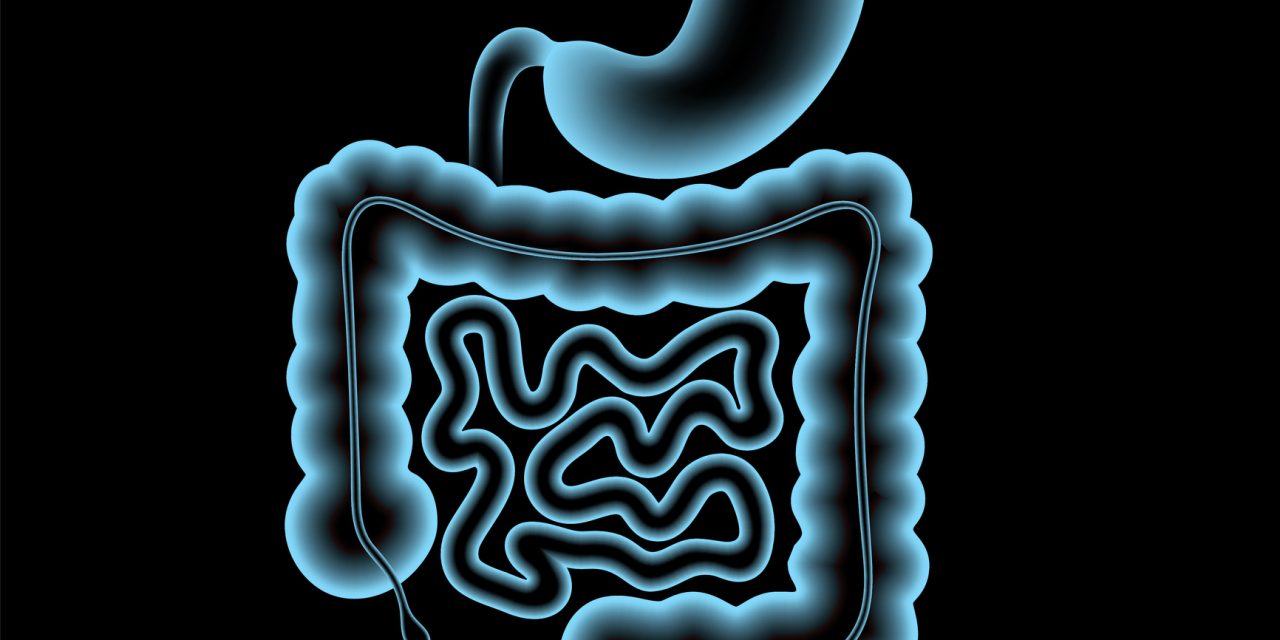Reduced Paneth cell (PC) numbers are observed in inflammatory bowel diseases and impaired PC function contributes to the ileal pathogenesis of Crohn’s disease (CD). PCs reside in proximity to Lgr5 intestinal stem cells (ISC) and mitochondria are critical for ISC-renewal and differentiation. Here, we characterise ISC and PC appearance under inflammatory conditions and describe the role of mitochondrial function for ISC niche-maintenance.
Ileal tissue samples from patients with CD, mouse models for mitochondrial dysfunction (Hsp60) and CD-like ileitis (TNF), and intestinal organoids were used to characterise PCs and ISCs in relation to mitochondrial function.
In patients with CD and TNF mice, inflammation correlated with reduced numbers of Lysozyme-positive granules in PCs and decreased expression in crypt regions. Disease-associated changes in PC and ISC appearance persisted in non-inflamed tissue regions of patients with CD and predicted the risk of disease recurrence after surgical resection. ISC-specific deletion of Hsp60 and inhibition of mitochondrial respiration linked mitochondrial function to the aberrant PC phenotype. Consistent with reduced stemness in vivo, crypts from inflamed TNF mice fail to grow into organoids ex vivo. Dichloroacetate-mediated inhibition of glycolysis, forcing cells to shift to mitochondrial respiration, improved ISC niche function and rescued the ability of TNF mice-derived crypts to form organoids.
We provide evidence that inflammation-associated mitochondrial dysfunction in the intestinal epithelium triggers a metabolic imbalance, causing reduced stemness and acquisition of a dysfunctional PC phenotype. Blocking glycolysis might be a novel drug target to antagonise PC dysfunction in the pathogenesis of CD.
© Author(s) (or their employer(s)) 2020. Re-use permitted under CC BY-NC. No commercial re-use. See rights and permissions. Published by BMJ.
Mitochondrial impairment drives intestinal stem cell transition into dysfunctional Paneth cells predicting Crohn’s disease recurrence.


